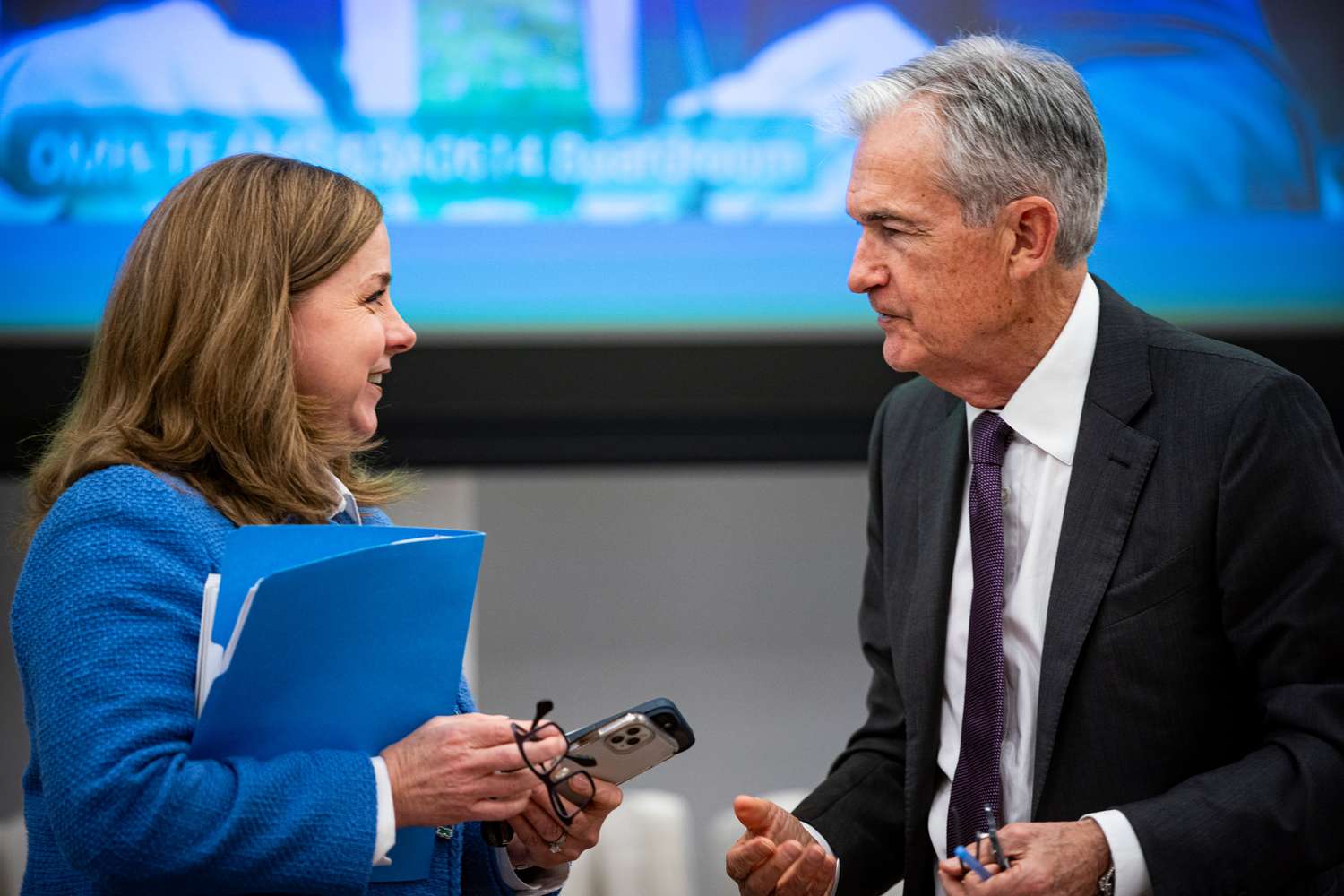
Trump Threatens Tariffs Up to 30% on Imports
Details of New Tariffs and Targeted Countries
President Donald Trump has announced a new wave of tariffs ranging from 20% to 30% on imports from countries including Algeria, Libya, the Philippines, Brunei, and Moldova. These measures are part of his administration's continued push to recalibrate trade terms and address trade imbalances. Notably, the Philippines, ranked as the 30th largest trading partner of the U.S., will face a 20% tariff on its exports, a slight increase from the 17% rate proposed earlier this year. Meanwhile, Libya and Algeria are among the countries facing the highest tariffs at 30%.
The tariffs are set to take effect on August 1 unless new trade agreements are reached. This deadline follows an extension from an earlier timeline, granting additional time for negotiations. Collectively, these nations account for approximately $26 billion in annual U.S. imports, representing just 1% of the country’s total imported goods, according to Commerce Department data.
Economic and Trade Implications
The newly announced tariffs could strain U.S. trade relations, particularly if targeted nations decide to impose retaliatory duties on American goods. This risk is especially pertinent for countries heavily reliant on exports to the U.S., such as the Philippines, which may seek alternative markets or higher tariffs on U.S. imports in response.
Despite the magnitude of the announcements, financial markets displayed minimal reaction. The Dow Jones Industrial Average edged up by 0.17%, the S&P 500 gained 0.27%, and the Nasdaq rose by 0.52%. This muted response underscores investor skepticism about the immediate economic impact, likely due to the relatively small share of imports affected and the ongoing negotiation window.
Background and Negotiation Challenges
The tariff initiative is driven by the administration's focus on reducing trade deficits, which President Trump has frequently criticized. Trade deficits, where the U.S. imports more goods than it exports to a particular country, have been cited as a justification for these measures. In his letters to foreign leaders, Trump emphasized the need for "reciprocal" trade terms and encouraged manufacturing within the U.S. to avoid tariffs.
Progress on trade agreements with larger entities, such as the European Union and India, remains limited. Talks with the EU have been particularly challenging, with disputes over tariff carve-outs for sectors like aviation and agriculture hindering a comprehensive deal. Similarly, negotiations with India have been slow-moving, despite earlier optimism about reaching a resolution. These hurdles highlight the difficulties of simultaneously renegotiating trade terms with multiple partners, stretching the bandwidth of U.S. trade officials.
 Sources
Sources- Trump threatens countries tariffs high 30% | CNN Business
 cnn
cnn - Trump tariffs live updates: Trump unveils new batch tariff letters ahead Aug. 1 deadline
 yahoo
yahoo - Trump makes new tariff threats Philippines Moldova trade letter tally reaches 20
 yahoo
yahoo
- Trump threatens countries tariffs high 30% | CNN Business
 cnn
cnn - Trump tariffs live updates: Trump unveils new batch tariff letters ahead Aug. 1 deadline
 yahoo
yahoo - Trump makes new tariff threats Philippines Moldova trade letter tally reaches 20
 yahoo
yahoo




